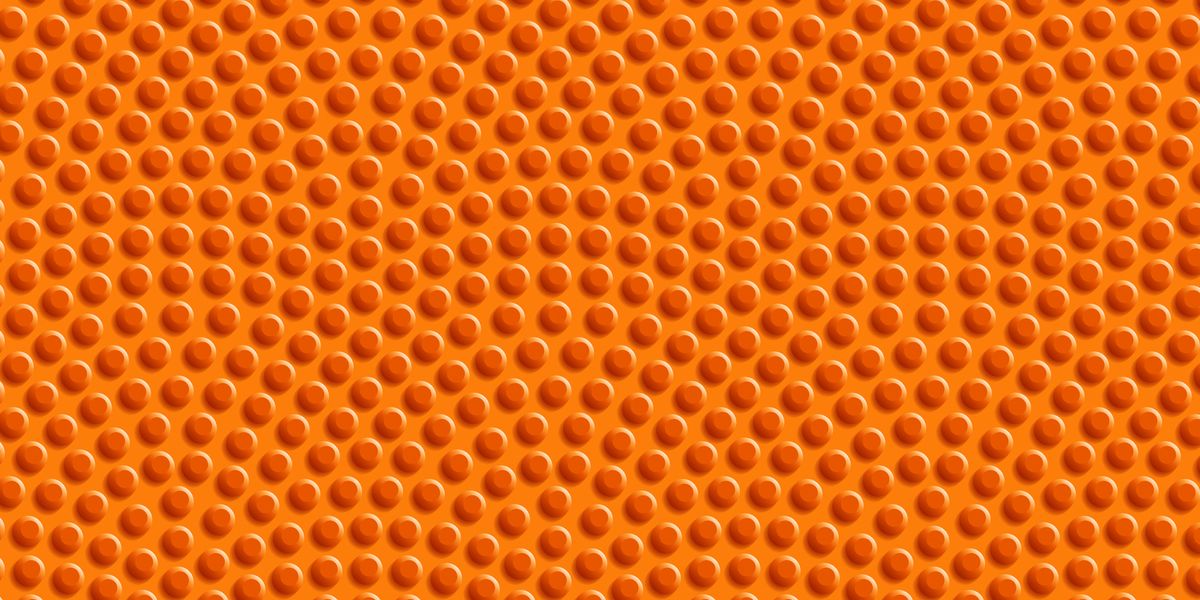Lipohypertrophy can be unpleasant for you from an aesthetic perspective and it can also affect the rate at which insulin is absorbed so can also lead to erratic blood glucose results.
What is lipohypertrophy?
Lipohypertrophy is when fatty lumps appear on the surface of the skin and is a fairly common side effect of insulin injections
This will usually occur if multiple injections are administered to roughly the same part of the skin over a period of time.
When the skin becomes lumpy, it may mean that if insulin is injected into the lumpy area, it won’t be absorbed consistently, which can mean the insulin takes longer to be absorbed, leading to higher than normal blood glucose levels, or can get absorbed too quickly, leading to hypoglycemia
Symptoms of lipohypertrophy
The signs of lipohypertrophy (lumpy skin) are a raised area of the skin where you tend to inject
The raised area may cover quite a wide area, say over an inch in diameter.
The skin will usually feel firmer than the skin elsewhere on your body.
Occasionally you may hit a vein when you inject which will result in some bleeding, leaving a raised area and a bruise over the next day or so.
This in itself is not lipohypertrophy though.
Diagnosing lipohypertrophy
You may be able to recognise when you have lumpy skin but if you’re not sure, your health team can help to diagnose whether lipohypertrophy has formed and can help to advise you to help your skin recover and prevent it reoccurring.
Treating lipohypertrophy
Treatment for lipohypertrophy will usually involve making sure you don’t inject the affected area of skin until it has fully healed. The Plymouth Diabetes Service recommends avoiding into the affected area for at least 2 to 3 months.
Preventing lipohypertrophy
Lipohypertrophy is caused by injecting into the same area too many times so to avoid lumpy skin developing, make sure you pick a different area of skin to put each injection into.
This practice is known as rotating your injection site
Ideally, you should aim to keep each new injection spot at least an inch away from your previous injection sites.







